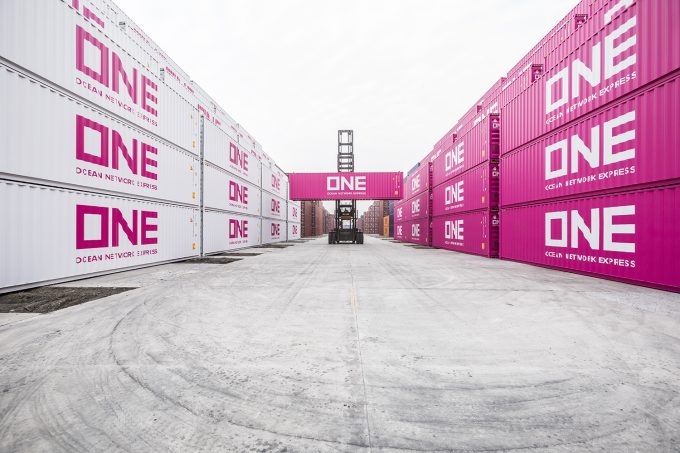Red Sea crisis forces Maersk to increase capacity over strategy limit
Maersk Line appears to have temporarily abandoned its strategy of maintaining capacity at no more ...

Japanese ocean carrier ONE says it expects profitability to contract by 60%, year on year, in the second half of its fiscal year, ending on 31 March 2023, as trading conditions on global liner trades worsen.
After a strong performance in July, ONE said it had experienced a “sudden decline” in demand in the following two months and said it would “take some time for cargo movements and short-term freight rates to recover”.
However, CEO Jeremy Nixon is optimistic that a “closer ...
Volcanic disruption at Anchorage could hit transpacific airfreight operations
Macron calls for ‘suspension’ – CMA CGM's $20bn US investment in doubt
Forwarders stay cool as US 'liberation day' tariffs threaten 'global trade war'
Shippers snap up airfreight capacity to US ahead of tariff deadline
De minimis exemption on shipments from China to the US will end in May
Tighter EU import requirements proving 'a challenge' for forwarders
Looming Trump tariffs will create 'a bureaucratic monster' for Customs

Comment on this article